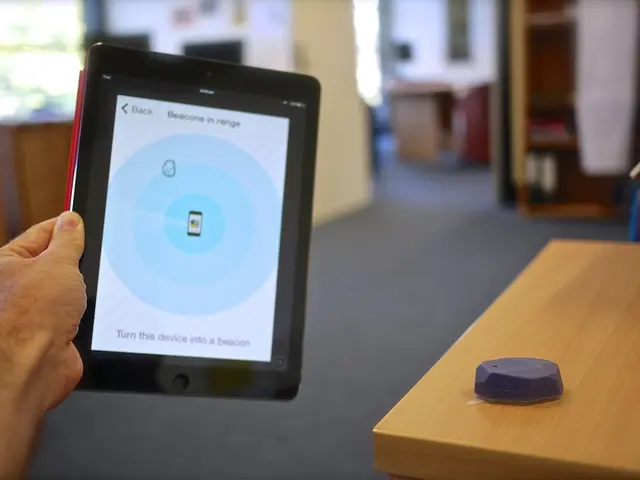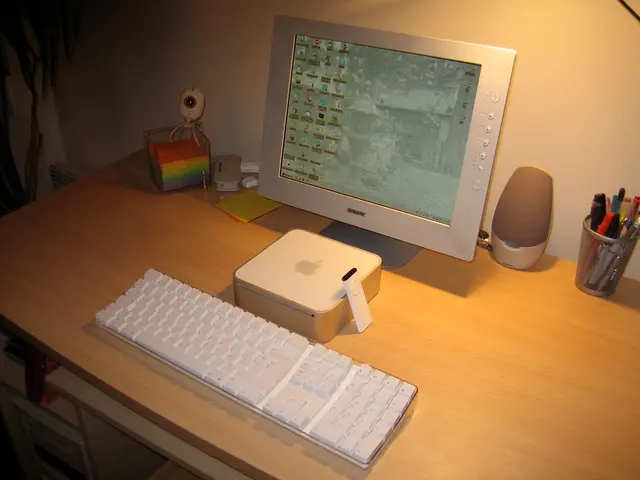Fixing a Vintage 1955 Radio Model
Tackling modern gadgets might feel like a breeze, but when it comes to vintage equipment, the game changes! A 1955 Silvertone radio, for example, demands a different approach. Reminders of such restoration projects leave us longing for simpler times.
Take it from [Ken's] restoration of the 1955 Silvertone radio, showcased in the video below. Carrying on the legacy of AM radios might seem daunting if you've never set your hands on one. But have no fear, it's quite therapeutic!
Some enthusiasts favored using an amplifier, searching for the signal loss points, while others injected signals to locate the problem area. Interestingly, prominent trouble spots could be narrowed down by merely determining if the issue was before or after the volume control. Then, they'd bisect the doubtful section and test that half. It's surprising how a hardware version of a binary search could do the trick!
Before diving in, remember the golden rule: check the power first, but once that's covered, the hunt is on!
Repairing antique radios like the 1955 Silvertone isn't merely an ordeal; it's a craft – the art of troubleshooting. Reviving these silent fellow travelers gives us a sense of accomplishment that's hard to match!
Key steps to mend Mid-20th century AM radios follow a systematic pattern:
- Start with a precise visual evaluation to spot corrosion, damaged wiring, or burnt components. Don't forget to clean the dust, dirt, and oxidation from electronic contacts, tube pins, and the chassis using designated cleaners.
- Check whether the vacuum tubes, critical components, are functioning. If a tube tester is available, use it. If not, you can swap inold tubes of similar value to identify ones that aren't up to the task.
- Inspecting and replacing capacitors, whether electrolytic or paper, regularly proves beneficial because old caps tend to degrade, causing poor reception or no sound at all.
- Cold solder joints can cause intermittent faults, so it's wise to test and resolder connections where needed.
- Don't forget to clean controls and switches, as they're often the culprits causing scratchy audio or questionable operation. Simple contact cleaner should do the trick in many cases.
- Ensure the power supply and transformer are in working order, checking the power cord, plug, and internal transformer for continuity and proper voltages. Replace or repair if necessary.
- Once everything seems prime, move on to alignment and calibration to restore optimal reception. This may require specialized test equipment and alignment manuals.
- When access to original service manuals is available (such as those for Silvertone 8020 or similar), they offer valuable insights about component identification, values, and alignment procedures.
- To minimize risks of further damage, apply power gradually under controlled circumstances, preferably using a Variac or current-limiting device.
- Join forces with online forums, vintage radio clubs, and specialty shops for gathering resources and expert advice tailored to your model of interest.
With steady, careful work, restoring vintage AM radios like the 1955 Silvertone can bring them back to life! Not only do these regeneration projects provide an authentic sound experience, but they also tame a small corner of the past, offering a glimpse into how things used to be.
[1] Silvertone 8020 Service Manual[2] Vintage Silvertone Radio Signals and Testing Tips[4] Understanding and Repairing Old AM Radio Tuning Regeneration Circuits
It's a captivating process to restore vintage equipment like the 1955 Silvertone radio, demonstrating the intricate art of troubleshooting legacy hardware. With the right approach, the transformation can lead to the satisfaction of reviving silent fellow travelers from the past.
Seeking expert advice and following steps such as visual evaluation, inspecting vacuum tubes, replacing capacitors, testing connections, cleaning controls, and power supply checks can bring a 1955 Silvertone back to its former glory, offering an authentic sound experience and a connection to technological history.





